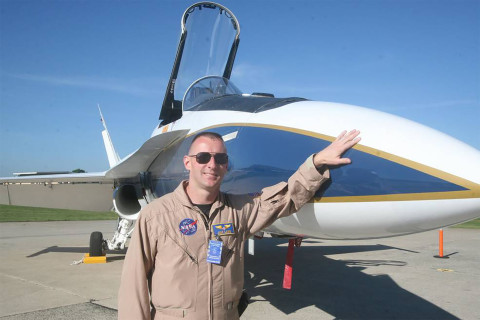NASA intends to introduce “first-ever” mission of humanity to contact the Sun in a slightly more than a month and the spaceship entailed just turns out to be titled after a Michigan State University alumnus.
NASA reports the lift-off of the Parker Space Probe—given name after the living Eugene Parker, an astrophysicist—is planned for 4 a.m. on August 4. The lift-off window will release at 4 a.m. and will stay open for around an hour, as per the space agency.
The spaceship is supposed to be of a small car’s size and the agency states it will endeavor to tour into the atmosphere of the Sun, and confront the “radiation and heat unlike any spaceship in history.” In a news release, associate administrator for NASA’s Science Mission Directorate, Thomas Zurbuchen, said, “This probe will voyage to an expanse humanity has never traveled around previously. This assignment will answer questions researchers have looked for to discover for over 6 decades.”
As for what NASA believes the Parker Space Probe may be capable to achieve, the space agency expects the assignment will assist to enhance future estimates of space weather events that influence not only life on Earth, but astronauts, stations, and satellites in the space.
The Parker Solar Probe is thought to journey so swiftly that its nearest way to the Sun will arrive at a projected 430,000 mph. The space agency pinpoints that it is fast enough to journey between Tokyo and Washington D.C. in less than a minute.
On the other end, NASA is intending to experiment with a new approach to decrease the sonic boom’s staggering noise, and as its proving ground will be using the city of Galveston, Texas. The experiments will intend to establish just how loud the new “quiet” supersonic technology of NASA actually is, and evaluate it against the traditional sonic boom sounds.





Be First to Comment